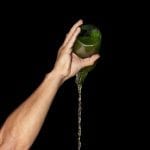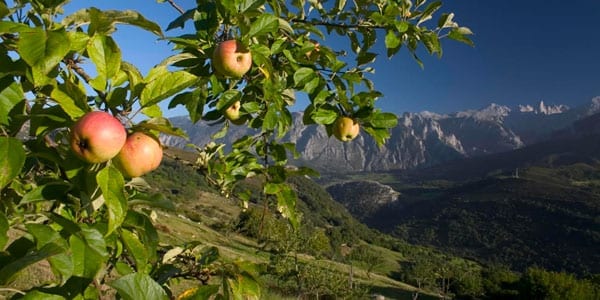
Discover the elaboration of Cabrales cheese and the natural cider it is already possible in this Cheese Route. You will end up savoring one spike (Asturian gastronomic celebration) in the village of Asiegu. In the Picos de Europa region, surrounded by spectacular views.
Route of this cheese route
The visit of this Cheese Route, of four hours, begins in the JABGood cheese dairy. There, the steps taken to obtain the Cabrales cheese. That one from the family of blue cheeses and whose origin is medieval.
El Cabrales, Unlike Roquefort, supports mixtures of cow, goat and sheep. Although currently the friesian cow's milk. The peculiarities are discovered when curdling and especially dehydrating the Cabrales. As it is raw milk, ferments intervene.
How to Live Aligned with type of rennet the animal continues to be used, as in the past. It is understood in this part of the elaboration how the existence of cavities is favored so that the mould.
The paste is not pressed, unlike what is done with the Manchego cheese. Next, you enter the cave that the cheese factory uses to ripen the cheese.
Asturian cider added
Once the process of Cabrales goes to cider in this Cheese Route. In the apples you can see the cider apple plantations and the different varieties of this fruit. After visiting the wound of the Pamirandi Farmhouse, where the traditional elaboration method of the Asturian cider.
The process is very traditional, the yeast is indigenous, wild and there is neither aging nor aging nor vintage. The differences between this traditional cider and the industrial one are checked and, on a practical level, one learns how to pour it.
The cheese route runs along the two kilometers of this route through the Cabrales Valley. With the two mountains that surround it, the Naranjo de Bulnes and Picos de Europa. Details are also known of how the Asiegu village.
In her, the hunt was the traditional form of unity of the field. Within the population center a map was organized without streets or squares. In the village there was not a government body but an assembly government.
These arable lands evolved into harvest lands. At present they are livestock. Most of the cattle are oriented towards the production of meat from the xalda sheep, native to Asturias. Traditionally here there was no wheat but corn. That is why all the menu that is eaten at the end of the visit, the spike, it is gluten free.
In this Cheese Route comes to accompany the cider of food, and not the other way around. Tapas and dishes made such as corn cakes, fabada pudding, cod omelette, cider sausages, Cabrales potatoes, blood sausage or walnut cake.
See more information at Ruta del Quesu and Cider.







